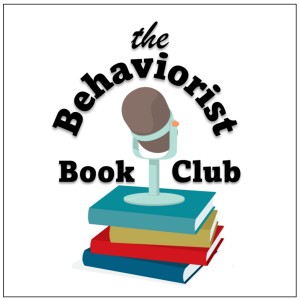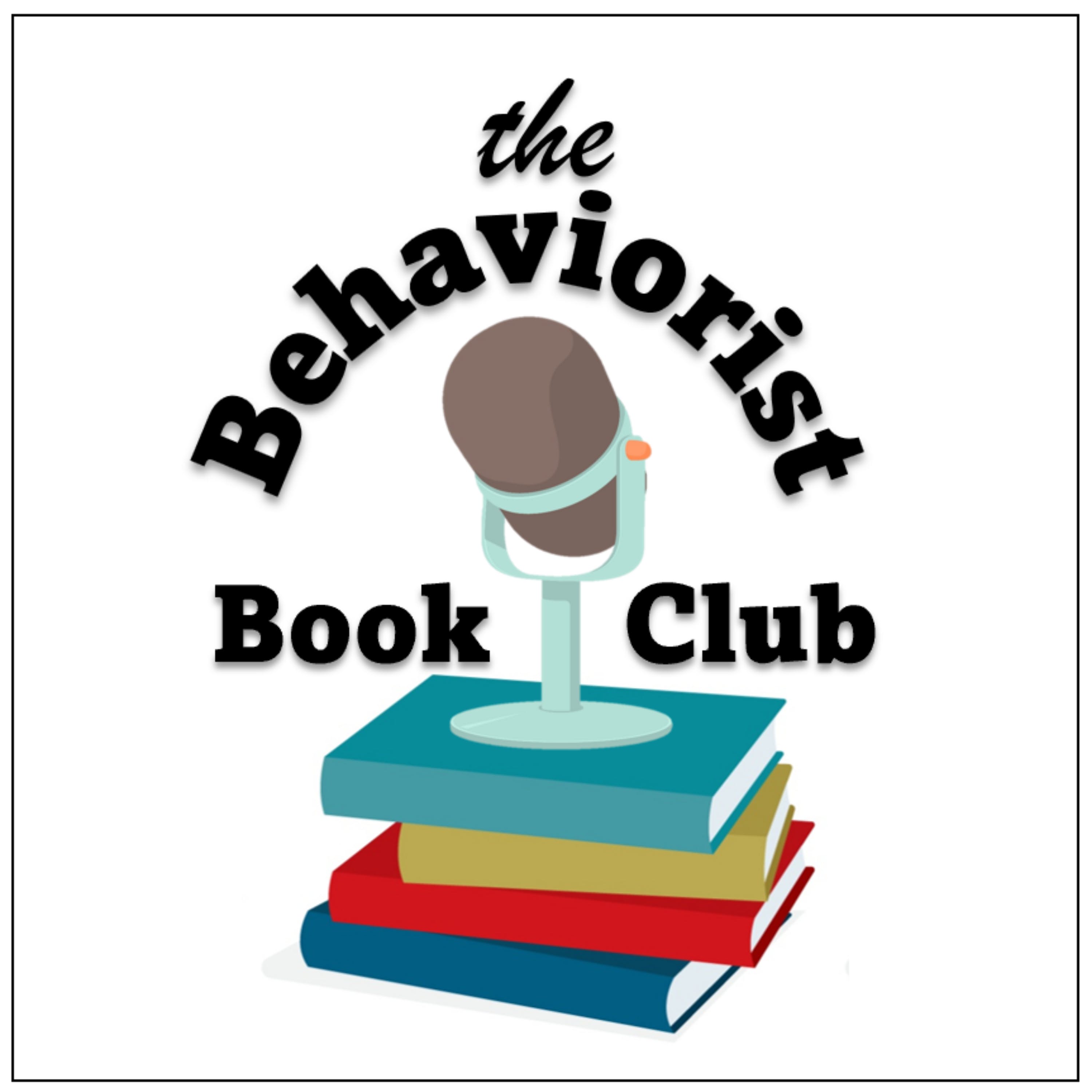Episodes

Monday Jan 31, 2022
Monday Jan 31, 2022
To understand the meaning behind this translational article, it is important to understand the background context. Hagopian et al., 2015 and 2017 developed and finalized a way to identify different subtypes of automatically maintained behavior. Specifically, they looked at self-injury. They were trying to figure out why some clients with SIB would easily be treated and some would require multiple treatment components, sometimes even punishment. Hagopian et al., were able to determine that automatically maintained self-injury can be divided into three different subtypes. Subtype 1 presents with differentiation between the alone and play condition of an FA, Subtype 2 has no differentiation between the alone and play condition, and subtype 3 engages in self-restraining behavior. Based on their findings and follow-up studies, they found that subtype 2 behaviors were very difficult to change and resistant to reinforcement-based strategies. Therefore, Rooker et al., 2019 conducted a translational study to examine if this resistant to change trait persisted across other, non-automatically maintained responses classes. They found that it did not persist, but that when they were conducting this experiment, they found something unique. When engaging with the arbitrary response, self-injury decreased. Therefore, to examine this further, this paper looked at the effect that different schedules of competing reinforcement have on the frequency of automatically maintained self-injury. They found that the richer the schedule of reinforcement for a response outside the auto response class, the less auto SIB occurred. This indicates that a potential treatment pathway would be competing response classes, rather than competing stimuli.
To understand the meaning behind this translational article, it is important to understand the background context. Hagopian et al., 2015 and 2017 developed and finalized a way to identify different subtypes of automatically maintained behavior. Specifically, they looked at self-injury. They were trying to figure out why some clients with SIB would easily be treated and some would require multiple treatment components, sometimes even punishment. Hagopian et al., were able to determine that automatically maintained self-injury can be divided into three different subtypes. Subtype 1 presents with differentiation between the alone and play condition of an FA, Subtype 2 has no differentiation between the alone and play condition, and subtype 3 engages in self-restraining behavior. Based on their findings and follow-up studies, they found that subtype 2 behaviors were very difficult to change and resistant to reinforcement-based strategies. Therefore, Rooker et al., 2019 conducted a translational study to examine if this resistant to change trait persisted across other, non-automatically maintained responses classes. They found that it did not persist, but that when they were conducting this experiment, they found something unique. When engaging with the arbitrary response, self-injury decreased. Therefore, to examine this further, this paper looked at the effect that different schedules of competing reinforcement have on the frequency of automatically maintained self-injury. They found that the richer the schedule of reinforcement for a response outside the auto response class, the less auto SIB occurred. This indicates that a potential treatment pathway would be competing response classes, rather than competing stimuli.
Rooker, G. W., Hagopian, L. P., Haddock, J. N., Arevalo, A. R., Bonner, A. C. & Dillon, C. M. (2022). Analysis of unexpected disruptive effects of contingent food reinforcement on automatically maintained self-injury. Journal of Applied Behavior Analysis, 55(1), 62-79. https://doi.org/10.1002/jaba.875


Comments (0)
To leave or reply to comments, please download free Podbean or
No Comments
To leave or reply to comments,
please download free Podbean App.